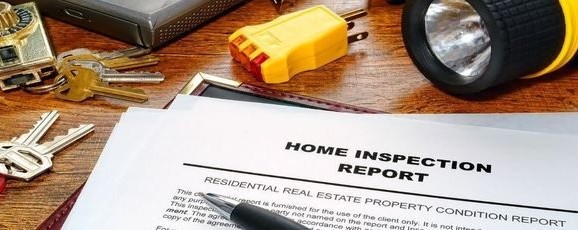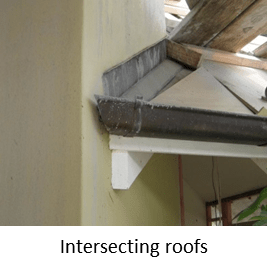Top Tips For Spotting Problem Cladding
With New Zealand’s leaky homes crisis an ongoing concern for home buyers, knowing what to look for to avoid a costly mistake is essential. Our advice is to always seek the advice of a qualified home building report company to provide an expert opinion on the condition of any property you are making an offer on.
So we got David Clifton of Home Buyers Reports to give us the lowdown on what you could look out for at your next open home.
Here are 10 tips for spotting potential defects that may identify a leaky home:
1. Badly Maintained Paint Coatings
Many cladding types need specially applied paints to maintain a sealed surface on the cladding. Areas exposed to weather and the sun and not maintained could have compromised the cladding’s sealing paint coating allowing water to get in towards the timber frame.
2. Adjoining Roofing Sections
The area where roofing joins cladding need to be correctly installed to make sure water is guided towards the gutters and away from the cladding. Roofing that tucks behind cladding can guide water behind the cladding towards the timber frame.
3. Fixings Causing Damage To Cladding
Fixing lights, fences and awnings to cladding can result in holes in the cladding surface allowing water to get in towards the timber frame.
4. No Step Down to Doorways, Patios, Drives and Decks
A step down from the bottom edge of the cladding is required to ensure that water is able to flow away from the cladding. Cladding should never be in contact with these surfaces.
5. Poorly Maintained Sealant Joints
Sealant joints are commonly used to waterproof an intentional gap in cladding required for things like plumbing penetration. Over time these can deteriorate leaving a hole between the pipe and the cladding where water can get in towards the timber frame.

6. Lack Of Clearance From Gardens
Cladding requires clearance from other surfaces to avoid water wicking up in to the cladding material towards the timber frame. The required clearances at the bottom of the cladding to gardens and non-paved type surfaces is 175mm.
7. No Capping On Parapets / Balustrades
Parapets are perimeter walls around roofs and balconies. A correctly constructed cladparapet or balustrade should have a metal capping. Cladding can crack and the metal capping will prevent water getting in if it does crack.
8. Recessed Windows
Flat sills combined with recessed windows can lead to the water collection on the sill and if the cladding has cracked or seals have degraded around the windows this collected water will get in towards the timber frame.
9. Improper Installation Of Cladding Sheets
Fibre cement sheet cladding and backing boards for stucco must be installed in a certain pattern. This pattern aids in cladding stability and reduced cracking. If incorrectly installed cladding sheets can crack and have excessive moment leading to fixing failure.
10. Inadequate Weather Protection Features
Wind has an ability to direct rain in many directions under force. Failure to use best practice building techniques, like drip edges and good eaves can compromise the weathertightness of a home leading to water ingress.

This post is brought to you by Home Buyers Reports, for professional and comprehensive building reports take advantage of their First Home Buyers Club member’s offer.

*This article is intended to provide information only and should not be considered as comprehensive advice.














Dustin Lindale May 21, 2016 Blog, Tips for First Home Buyers